February 22, 2024

Romania's public authorities have started preparing for what is going to be one of the most anticipated electoral contests in Central and Eastern Europe in 2024. Following tense negotiations, the country's coalition government, which includes the centre-left Social Democratic Party (PSD) and the centre-right National Liberal Party (PNL), has struck an agreement on this year's election calendar, bringing Romania’s presidential elections forward to September, while the country’s parliamentary elections have been scheduled for December.
Under the agreement between the two ruling parties, the presidential elections will be held three months earlier than originally expected, while the country’s parliamentary election will take place at the end of 2024 - a so far unprecedented electoral structure that will likely reshape the country’s political environment. The exact dates are yet to be announced.
The agreement also includes a decision to combine Romania's local and EU parliamentary elections (to be held on June 9). The PSD-PNL coalition also agreed to run on a joint ticket in the EU elections and - at the same time - run separately in the local elections. While, in the local elections, both parties will have their respective candidates, the agreement does not exclude forming alliances at the regional level.
With recent polls suggesting that more than 75% of Romanians are ready to take part in the EU election, the combined election on June 9 will be a major test ahead of the country's parliamentary and presidential elections. Whether the two ruling parties will run together or separately in the presidential and parliamentary elections will be subject to an assessment following their results in the EU and local elections.
The upcoming electoral cycle has the potential to significantly reshape Romania's political environment. As for the presidential elections, Romania is set to have a new head of state as incumbent President Klaus Iohannis is about to conclude his second term in office by the end of 2024. Recent polls suggest that NATO Deputy Secretary General Mircea Geoană, also a former FM and previous leader of the PSD, remains the first choice of Romanians. Other potential candidates include Prime Minister and PSD leader Marcel Ciolacu, right-wing populist senator Diana Şoşoacă, leader of the far-right AUR party George Simion and Nicolae Ciucă, the leader of the PNL and Ciolacu's predecessor as PM. Most presidential hopefuls are yet to announce whether they will run.
The parliamentary elections may see renewed competition between the country's two governing parties in case the PSD and the PNL, following months of discussions about whether they should run on a joint ticket, will decide to go on separate lists. However, most observers agree that the so-far successful alliance of the PSD and the PNL may very well continue following the next parliamentary election. The alliance of the two parties in the Romanian parliament may be tested as the far-right AUR, which secured only 9% during the last elections in 2020, is now consistently polling third with nearly 20% and its leader, George Simion, is seen as having the potential to challenge any contestant in presidential elections.
As for the parliamentary elections, the rise of AUR increasingly poses an electoral challenge to the ruling bloc and most specifically the PNL, which polls neck-in-neck with the far-right, while other parties could also emerge on the Romanian political arena. Simultaneously, the senior coalition PSD continues to hold its ground, leading Romanian polls with 30% on average. The rise of the far right and nationalist party AUR and the potential rise of political extremism are also presented as the reason why the two main parties work together in a coalition.
If you would like to learn more about the country's upcoming election cycle, please contact:
Anca Gherle, Country Director for Romania at A.Gherle@AreteraPA.com.


